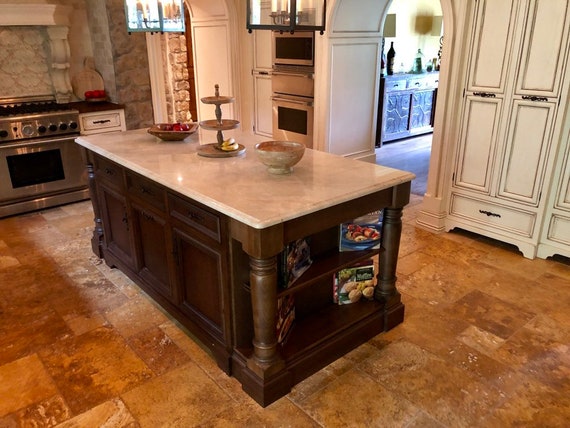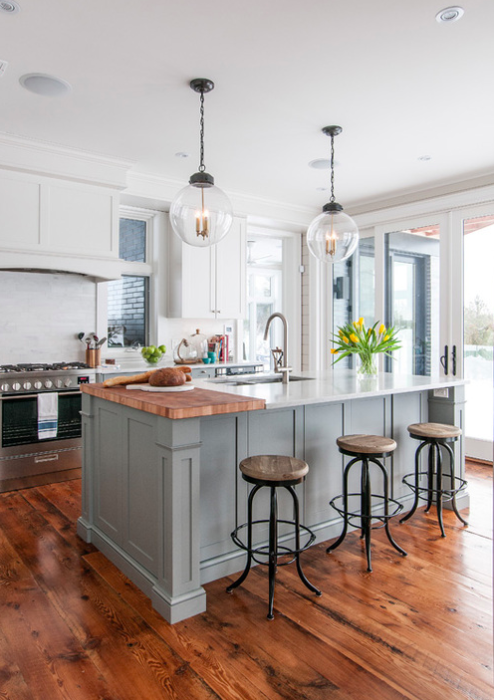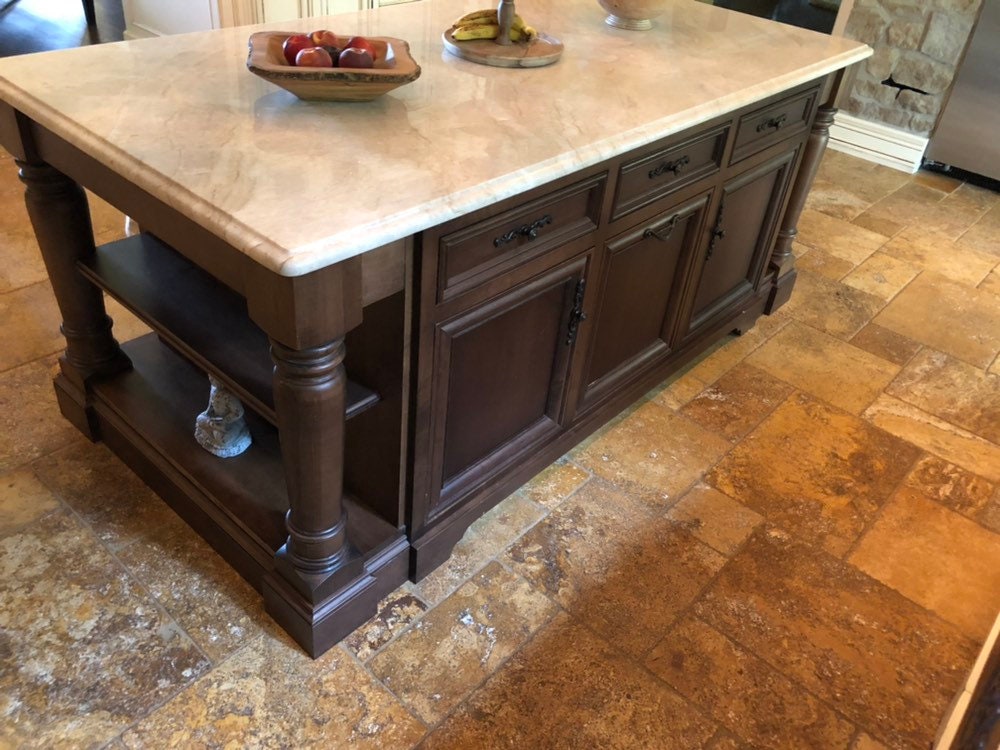Transform Your Kitchen with Attractive Kitchen Island Legs
Transform Your Kitchen with Attractive Kitchen Island Legs
Blog Article
An Overview to Picking the Perfect Kitchen Island for Your Home
Recognizing your kitchen area's spatial dynamics is the preliminary step, making sure that the island fits seamlessly without interrupting the flow. The selection of surfaces and materials likewise plays a necessary function in integrating the island with your cooking area's overall style.
Evaluating Your Room
Before picking a kitchen area island, it is necessary to extensively evaluate your area to make sure the addition will be both useful and cosmetically pleasing. Begin by measuring the available area, consisting of the size, length, and elevation of the kitchen area. Accurate measurements are vital to prevent acquiring an island that overwhelms the area or one that is overmuch tiny.
Consider the existing layout and exactly how the island will incorporate with the current web traffic circulation. A well-placed island should not obstruct pathways or hamper accessibility to vital home appliances, such as the fridge, sink, and cooktop. Leave sufficient clearance space-- normally around 36 to 48 inches on all sides-- to enable comfy activity and workspace efficiency.
Next, review the natural light and sightlines within your kitchen. An island that obstructs a home window or interrupts aesthetic cohesion can make the room feel confined and dark. Think of how the island's positioning will impact lights and visibility, guaranteeing it improves instead of interferes with the kitchen area's setting.
Establishing the Function
Identifying the purpose of your kitchen island is a critical action in ensuring it fulfills your particular needs and choices. Before delving right into style or size considerations, it is necessary to clarify what key feature the island will offer in your kitchen. Will it be a main hub for dish preparation, an informal dining location, or potentially an added storage option?
Furthermore, adequate counter space for blending and slicing, along with accessible storage space for cooking area devices and components, can change the island right into an efficient workstation. Conversely, if the island is planned to serve or facilitate social interactions as a dining location, seating setups become paramount.

Picking the Right Dimension
Picking the ideal size for your kitchen island is a balance of performance and space optimization. An excellent kitchen island ought to offer enough work area while making sure that activity around the kitchen remains unblocked. Begin by measuring your kitchen area area; a minimum clearance of 36 to 42 inches around the island is needed to enable for comfortable movement and access.
The dimensions of the island should show its designated usage. For example, if the island will certainly serve primarily as a prep area, a width see this page of 24 to 36 inches might suffice. Nonetheless, if it is to accommodate seating, you ought to consider a larger dimension, normally gauging at the very least 48 inches in width. Islands devoted to sinks or home appliances may call for extra area to house these attributes sufficiently.

Finally, make sure that the island's size matches the general kitchen layout, avoiding any type of overwhelming visibility that could interfere with the kitchen's visual and energy - kitchen island legs. Cautious preparation and specific dimensions will certainly assist you attain a unified and reliable kitchen area atmosphere
Finding Materials and Finishes
After figuring out the suitable dimension for your Full Article kitchen area island, the following step involves picking ideal materials and finishes. The selection of materials considerably affects both the aesthetic charm and functionality of your kitchen island. Popular materials for counter tops include quartz, granite, and butcher block, each offering distinctive benefits.
Along with the counter top, consider the products for the island base. Strong timber offers a timeless, sturdy look, while stainless-steel supplies a streamlined, contemporary appearance and is very easy to clean. Painted surfaces can present a dash of shade, with options varying from low-key pastels to vibrant, dynamic hues.
Pay attention to the longevity of finishes, especially in high-traffic areas, to keep the island's appearance over time. Choosing the ideal materials and surfaces will certainly enhance both the performance and visual appeal of your kitchen area island.
Integrating Functional Attributes
Including useful attributes right into your kitchen area island can significantly boost its utility and convenience, transforming it right into a versatile centerpiece of your cooking area. One essential function to consider is added storage. Integrating cabinets, cabinets, and open shelving can supply much-needed area for cooking equipment, utensils, and little devices, helping to keep a clutter-free setting.
An additional valuable enhancement is a built-in sink have a peek at this site or cooktop, which can simplify meal prep work and clean-up processes. A sink can help with jobs such as cleaning vegetables and cleaning meals, while a cooktop can enable for food preparation straight on the island, promoting an extra interactive and social cooking experience.
Take into consideration integrating seating alternatives, particularly if your kitchen area increases as a casual dining location. Bar feceses or integrated benches can transform the island into a multifunctional space for meals, research, or casual celebrations.
Last but not least, incorporating electrical outlets right into your cooking area island can boost its functionality. Electrical outlets provide hassle-free accessibility for little kitchen area devices, charging stations for electronic devices, and additional lighting options.
Conclusion

Before picking a cooking area island, it is essential to extensively evaluate your space to guarantee the enhancement will be both practical and visually pleasing.Picking the appropriate dimension for your kitchen island is a balance of performance and room optimization. kitchen island legs. A perfect kitchen island should supply ample work area while making sure that movement around the cooking area stays unimpeded.Incorporating functional functions into your kitchen area island can significantly enhance its utility and benefit, changing it into a versatile focal point of your kitchen area.In final thought, choosing the optimal kitchen area island requires a thorough evaluation of the offered room, clearness concerning its key feature, and careful factor to consider of the proper dimension and materials
Report this page